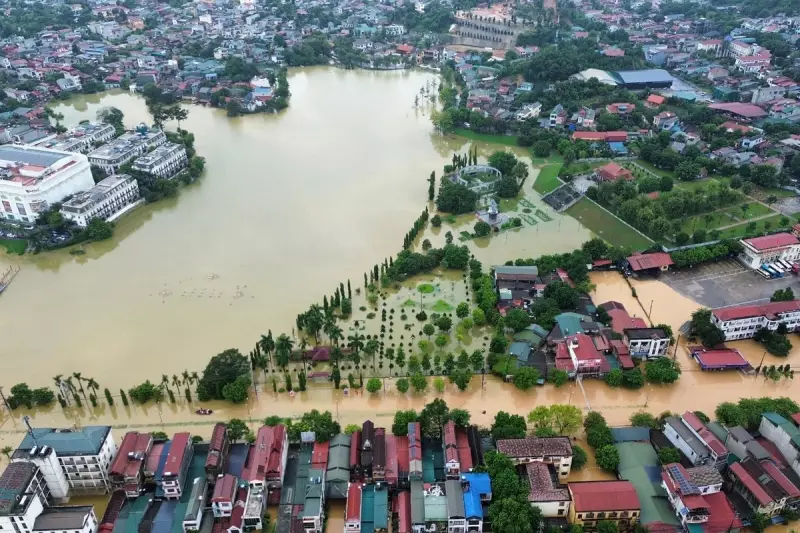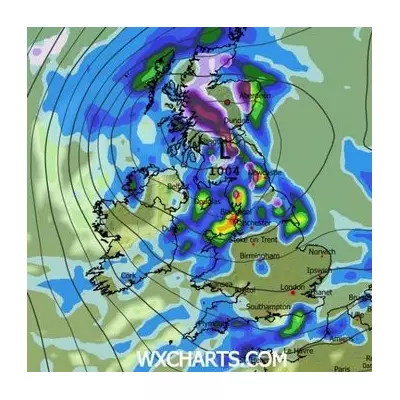
Central Vietnam is reeling from the devastating impact of Typhoon Bualoi, which has left a trail of destruction across multiple provinces, claiming lives and causing extensive damage to homes and infrastructure.
Rising Human Cost
The powerful storm has resulted in multiple fatalities, with rescue teams working tirelessly to assess the full extent of the human tragedy. Emergency services report that the death toll continues to rise as they reach previously isolated communities cut off by floodwaters and landslides.
Infrastructure in Ruins
Critical infrastructure has borne the brunt of Bualoi's fury, with roads washed away, power lines downed, and communication networks severely disrupted. The storm's powerful winds and torrential rains have transformed streets into raging rivers, making rescue operations exceptionally challenging.
Agricultural Catastrophe
Farmers across the region are facing complete ruin as vast agricultural areas lie submerged under floodwaters. Rice paddies and crop plantations have been destroyed just before harvest season, raising concerns about food security and economic stability in the affected regions.
Emergency Response Mobilised
Vietnamese authorities have deployed military personnel and emergency teams to conduct search and rescue operations. Thousands of residents have been evacuated from high-risk areas, with temporary shelters established to accommodate those displaced by the catastrophic weather event.
Climate Change Connection
Meteorologists note that Typhoon Bualoi is part of a worrying trend of increasingly intense storms affecting Southeast Asia. Scientists suggest that warming ocean temperatures are contributing to the formation of more powerful tropical cyclones, posing greater threats to coastal communities.
The Vietnamese government has declared a state of emergency in the hardest-hit provinces and is coordinating international aid efforts to support recovery operations in the storm's aftermath.





